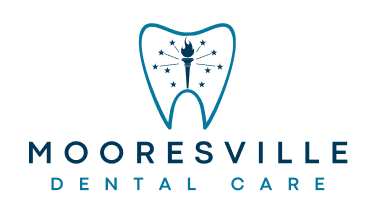Gingivitis is the early stage of gum disease. Gum disease, also known as periodontal disease, is an infection of the tissues surrounding your teeth caused by a buildup of plaque. In its early stages, symptoms may include:
- gums that bleed easily
- red, swollen, tender gums
- bad breath
Some factors that can put you at higher risk of developing gingivitis include:
- poor dental care
- smoking or chewing tobacco
- genetics
- crooked teeth that are hard to keep clean
- pregnancy
- diabetes
- medications, including steroids, certain types of anti-epilepsy drugs, cancer therapy drugs, some calcium channel blockers, and oral contraceptives
This might sound scary, but at this stage, the disease is still reversible. Eliminating the infection can be as easy as a trip to the dentist’s office for professional cleaning, as well as daily brushing and flossing.
Because gum disease is usually painless, you may not know you have it. This is why it’s important to schedule regular dental checkups in addition to maintaining a good dental routine of brushing and flossing
Diagnosis
A dentist or oral hygienist will check for symptoms, such as plaque and tartar in the oral cavity. They may also order tests to check for signs of periodontitis. This can be done by X-ray or periodontal probing, using an instrument that measures pocket depths around a tooth.
Treatment
If diagnosis happens early and treatment is prompt and proper, a person may be able to treat gingivitis at home with good oral hygiene.
Learn more about home remedies for gingivitis here.
However, if symptoms do not resolve, or the condition affects a person’s quality of life, they may wish to seek professional help.
Treatment often involves care by a dental professional and follow-up procedures carried out by the patient at home.
Professional dental care
A dental professional may initially carry out scaling. This is so they can remove excess plaque and tartar. This can be uncomfortable, especially if the tartar buildup is extensive or the gums are sensitive.
Once they have cleaned a person’s teeth, the dental professional will explain the importance of oral hygiene and how to brush and floss effectively.
They may recommend follow-up appointments to monitor a person’s plaque and tartar. This will allow the dental professional to catch and treat any recurrences quickly.
Fixing any damaged teeth also contributes to oral hygiene. Some dental problems, such as crooked teeth, badly fitted crowns, or bridges, may make it harder to remove plaque and tartar properly. They can also irritate the gums.
Prevention
A person may be able to prevent gingivitis at home by practicing regular good oral hygiene. This includes:
- brushing teeth at least twice a day
- using an electric toothbrush
- flossing teeth at least once a day
- regularly rinsing the mouth with an antiseptic mouthwash
Complications
Treating gingivitis and following the dental health professional’s instructions can typically prevent complications.
However, gum disease can spread and affect tissue, teeth, and bones if left untreated.
Complications include:
- abscess or infection in the gingiva or jawbone
- periodontitis — a more serious condition that can lead to loss of bone and teeth
- recurrent gingivitis
- trench mouth, where bacterial infection leads to ulceration of the gums
Summary
Gingivitis is a common type of gum disease. It is the result of bacterial buildup on the teeth. This buildup irritates surrounding gum tissue and can cause the gums to become inflamed, discolored, and painful to the touch.
Most people can treat gingivitis with regular good oral hygiene practices. Regular dental checkups can help to identify signs of gum disease and treat them in good time.

 Review Us
Review Us  Review Us
Review Us